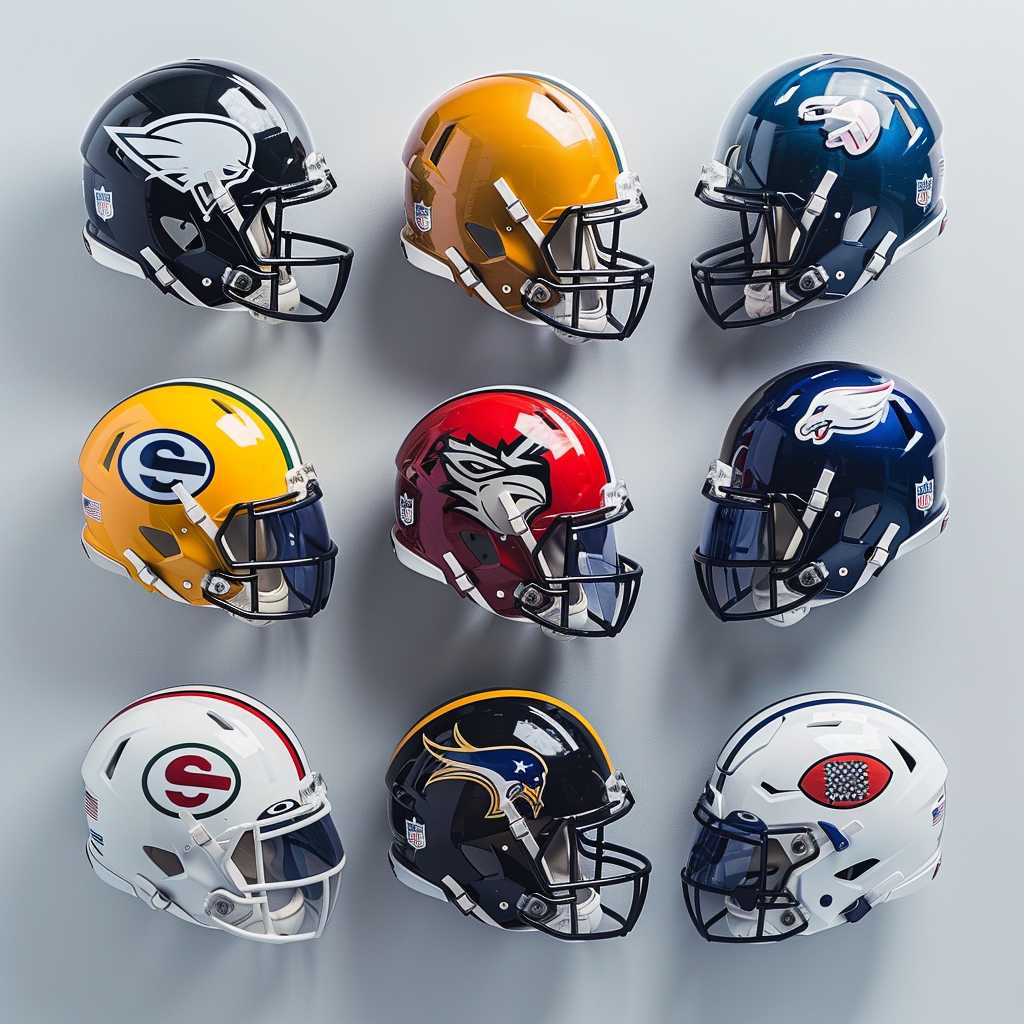The Dynamics and Competitive Landscape of NFL Teams
The National Football League (NFL) is the pinnacle of professional American football and one of the world’s premier sports leagues. Its formation, historical progression, team dynamics, season structure, and impact on culture reflect the significance of the sport in the United States and worldwide. The league constitutes 32 teams, each with its own heritage, fan base, and bid for success on the gridiron battlefield.
Formation and Expansion of the NFL
The NFL was established in 1920 as the American Professional Football Association and was renamed the National Football League two years later. The league began with just 14 teams but has grown to include 32 franchises through several expansions and mergers over the years. The most significant merger took place in 1970 when the NFL combined with the American Football League (AFL), resulting in an expanded league and the creation of the Super Bowl, which has since become a cultural phenomenon.
Team Structure and Ownership
NFL teams are individually owned by business titans who must adhere to stringent rules situating within league governance. Those rules include aspects such as team salary caps, player drafts, free agency, and equal revenue sharing. This level of parity is designed to maintain competitive balance throughout the league, making each season unpredictable and thrilling.
Dynamics Within Teams and Player Management
Operations within an NFL team involve intricate management structures consisting of ownership, coaching staff, players, and numerous support personnel. Talent acquisition is pivotal; hence, considerable emphasis is placed on scouting, drafting collegiate players, and trading within a strategically allocated salary cap. A strong focus on conditioning, strategy development, and game analysis is evident across every franchise. Strength and conditioning programs work to maximize physical performance while coaches devise tactical game plans tailored to counter opponent strategies each week.
Competition Flow: The NFL Season
The regular season lasts 17 weeks starting from September to January with each team playing 16 games plus one bye-week to rest. Games are played predominantly on Sundays, with one game each Thursday and Monday night adding primetime television appeal. Following the regular season, play-offs bracket seeds based on success from both the American Football Conference (AFC) and National Football Conference (NFC). The pinnacle event culminating from this build-up is the Super Bowl wherein champions from AFC and NFC clash to obtain the Vince Lombardi Trophy.
Rivalries and Competitiveness
Inter-team rivalries add a captivating layer to the sports tapestry woven by the NFL. Rivalries sprouted naturally over history due to geographic proximity, frequent high-stakes meets or historic playoffs resulting in dramatic enmity between franchises such as Green Bay Packers versus Chicago Bears or the Dallas Cowboys against Washington Football Team (historically known as Redskins). These intense matchups attract enormous viewer interest transcending into socio-cultural events beyond just sport.
Notes
Image description: Multiple helmets adorned with different NFL team logos displayed in equal spacing symbolizing the diverse yet uniform nature of NFL franchises across their competitive landscape.
